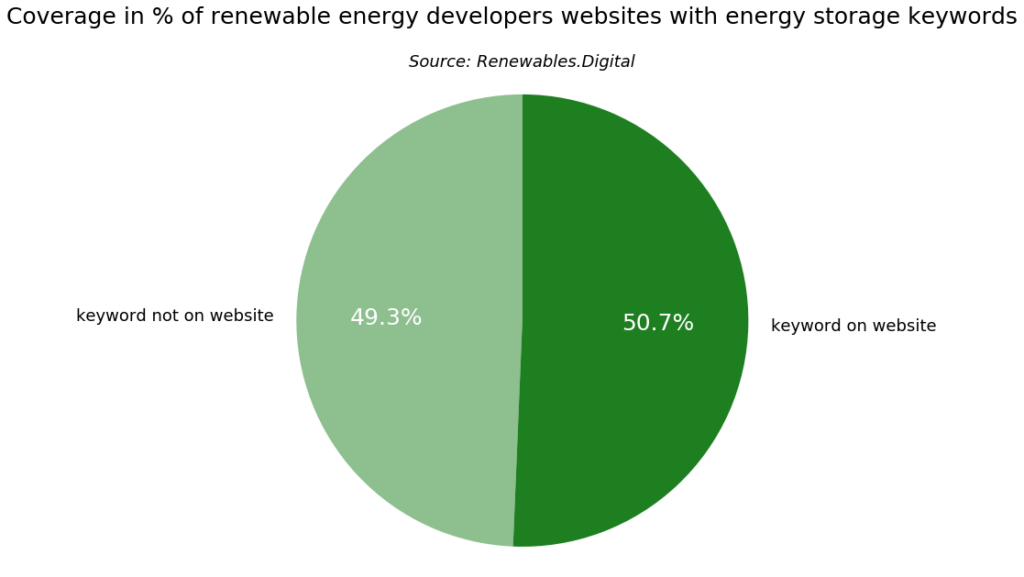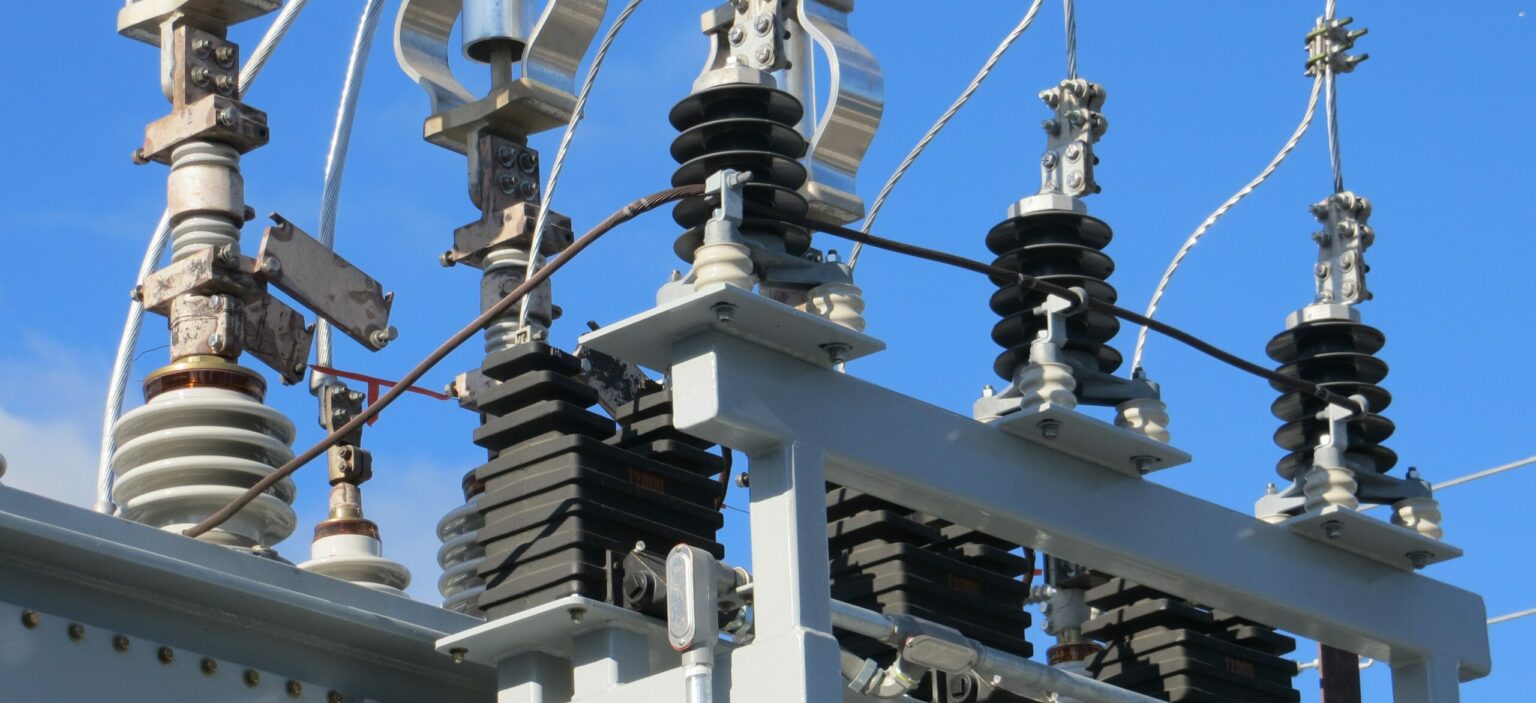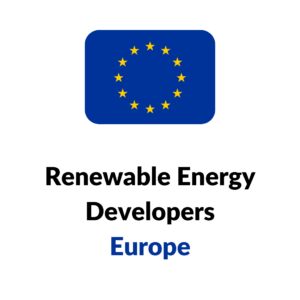Renewable energy is indisputably one of the most central components in combating climate change. While more and more technological advances are being made in various renewable energy sources – be it more efficient solar panels, better wind turbines or the implementation of novel technologies like tidal energy – the energy industry faces one overarching problem: renewable energies are based on the weather and are accordingly dependent on weather fluctuations: the sun doesn’t always shine or the wind doesn’t always blow. While renewable energy is comparatively cheap and, unlike fossil fuels, access is endless, the energy from renewable sources is unreliable and access cannot be planned or be coordinated with consumption patterns. A solution for this problem is essential for the energy transition. This is where storage systems come into play.
Energy storage – storing excess energy and making renewables more reliable
Energy storage systems are useful for storing excess energy in phases in which renewable energies produce more energy than is needed at the time. The excess energy can be stored and be used when demand is high. This goes hand in hand with making renewable energy more reliable. As already mentioned, one of the biggest disadvantages of renewable energy is its volatility and fluctuation. By using energy storage systems, they can be more predictably integrated into the electricity market.
Different energy storage technologies: Battery, pumped hydro or thermal storage
As with the technological progress of renewable energies, there are more and more developments regarding energy storage systems.

One of the most common methods is the classic battery storage system. The best known and also most widely used battery type are lithium-ion batteries. As they offer a long lifespan, relatively low maintenance and especially a high energy density, this type of energy is not only used in residential but also in commercial and grid-scale energy storage system. Other battery types are lead-acid, sodium-sulfur, flow or solid-state batteries.

In addition, pumped hydro storage systems are also popular and a good way to store energy sustainably. By using excess energy to pump water from a lower reservoir to a higher one, this stored water can be used to generate elecricity by flowing through turbines as the water is released from the higher reservoir.

Another possibility to store energy are thermal storage systems by using excess energy to heat/cool a substance (often molten salt or water) and in turn to use this to generate electricity, for example by generating steam which drives turbines generating electricity.
Of course these three types of energy storage systems are not the only ones – other methods include compressed air storage, flywheel storage or hydrogen storage systems (see our article about project developers working with green hydrogen)
Political support for energy storage systems through EU
As is true for the entire energy transition, political support is needed in order to deploy energy storage systems more extensively. One of the most important political players in Europe is, of course, the EU. In the Clean Energy Package, introduced 2017, the EU sets targets for their member states concerning the implementation and improvement of energy efficiency, where energy storage systems are seen as a key component. Moreover, the EU acts as an investor and funds research programs as well as projects – in the EU’s Horizon 2020 program for example, the EU has funded a range of energy storage projects, involving battery, hydrogen and thermal storage systems.
In addition to this political support and the commitment of the respective European countries, the implementation of projects is necessary. This is where project developers come into play – also due to their expertise in project design and their knowledge of the energy market, European project developers are future leaders for energy storage systems.
Keyword study on European project developers
In our keyword study, we examine the proportion of project developers from Europe who are involved with energy storage. For this purpose, we draw on our list of the 450 largest project developers in Europe. Using a specially developed Python-based crawler tool, we search for the corresponding keywords on the 450 websites of the European project developers. The tool recognizes and counts the hits, allowing us to draw conclusions about how intensively a renewable energy project developer deals with energy storage systems.

The crawler result shows that over 50% of renewable energy developers studied mention the keyword ‘storage’, ‘energy storage’, or specific storage keywords such as ‘pumped hydro’,’thermal storage’ or ‘battery’. The most common keywords were ‘energy storage’ and ‘battery’. Over 29% of the studied project developers mentioned a keyword at least 10 times. This analysis clearly shows how relevant energy storage systems are in the renewable energy market.
European energy storage leaders
Not surprisingly, as the most frequently listed countries in the list, project developers from Germany, the United Kingdom and Spain show the most keywords. However, these countries are also pioneers in energy storage. Especially the United Kingdom is an important market for energy storage systems, both for residential but especially for commercial purposes.
List of 3 leading project developers for energy storage in Europe
The above article shows how relevant and indispensable storage projects are for the European electricity market. Project developers are a crucial part of this – in the following, three European companies dealing with energy storage are presented. The United Kingdom offers the most project developers here that focus specifically on storage projects.
1. Harmony Energy – battery storage projects from Knaresborough, UK
Harmony Energy is a UK-based renewable energy company founded in 2010. The company focuses on developing, financing, and operating utility-scale energy storage systems. With a geographical focus on the UK, France and New Zealand, Harmony has already employed energy storage projects leading up to 40 MW of installed capacity in the UK alone, with over 326 MW in build. The company works with battery energy storage systems (BESS) and is one of the UKs most important and leading independent developers of utility-scale battery energy storage projects. As the project developer also develops wind and solar energy projects, Harmony has a unique expertise and knowledge in the renewable energy market and therefore holds the opportunity to offer and work with holistic solutions.
2. EnviroTech Energy Solutions – Lithium-ion battery projects from London, UK
EnviroTech Energy Solutions Ltd is a London based company specializing on energy storage solutions. The 2015-founded company focuses on battery storage projects in the United Kingdom and in Europe. EnviroTech has two main goals: ‘balance load’ and ‘bridge power’ – all in all to use renewable energy more efficiently and to make sustainibly generated energy more reliable. At the moment EnviroTech is working on a new project in Wineham Lane, hoping to deliver a battery storage facility here using lithium-ion batteries.
3. Green Enesys – Heat and battery storage projects from Lausanne, Switzerland
Green Enesys is a Lausanne-based renewable energy company focusing on solar, hydrogen and battery storage projects. Since their founding in 2012, the company has been able expand their projects all over Europe and the Middle East. Green Enesys works with two different types of energy storage projects – thermal storage and battery storage. The company works with a lot of different stakeholders, starting with heavy industry to utilities or hospitals.
Image Source: American Public Power Association via Unsplash (13.03.2023)
Icons via Flaticon (Battery, Hydropower, Thermal Storage)





